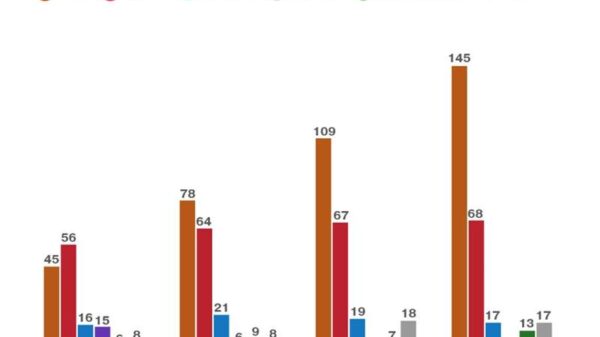The Challenge
Try this simple five-finger breathing exercise you can do anywhere. (I use this in the dentist chair.) Hold one hand in front of you, fingers spread. Now, slowly trace the outside of your hand with the index finger on your other hand, breathing in when you trace up a finger, and out when you trace down. Move up and down all five fingers. When you’ve traced your whole hand, reverse direction and do it again. Here’s a video animation to help.
Why Am I Doing This?
This multisensory meditation practice has been popularized by Dr. Judson Brewer, director of research and innovation at Brown University’s Mindfulness Center and author of the new book, “Unwinding Anxiety: New Science Shows How to Break the Cycles of Worry and Fear to Heal Your Mind.” Dr. Brewer, who is also a neuroscientist, says it’s important to remember that your brain is like a computer, and it has only a certain amount of working memory. Anxiety, worry and other negative emotions can take over, giving your brain less room for other tasks that require thinking and problem solving.
“Our thinking brain, the part of the brain that’s supposed to help us solve problems, doesn’t work when we’re stressed,” Dr. Brewer said. “The first thing we have to do is ground ourselves in the present moment so we can calm down.”
Dr. Brewer suggests five-finger breathing because it’s a multisensory task. When you look at your hand and trace along your fingers, you’ve engaged your sight as well as your sense of touch in both hands. Plus you’re concentrating on breathing, which leaves very little room in your brain for negative thoughts.
“Five-finger breathing reboots the computer,” Dr. Brewer said. “It takes so many sense modalities to do it, people tend to calm down quite a bit.”
Of course, your negative thoughts might return when you stop the five-finger meditation, but calming your emotional state can help keep those thoughts from taking over. “When that worry thinking comes back, there’s now a mismatch with your emotional intensity,” Dr. Brewer said. “You can see the worry thought and not get caught up in it. When you’re calm, worry thoughts aren’t as sticky as when your physiology is ramped up.”
Another quick calming trick Dr. Brewer recommends is a “feel your feet” exercise. When you’re feeling stressed or just need a mindful break from work, take a moment to focus on your feet. What do your feet feel like right now? Are they warm, cool, sweaty, tingling or dry? Does one foot feel different than the other?
Dr. Brewer calls feet “anxiety-free zones.”
“We tend not to hold anxiety in our feet,” he said. “It also feels grounding. If someone is standing up or sitting in a chair, feeling their feet makes them more connected with the ground.”































